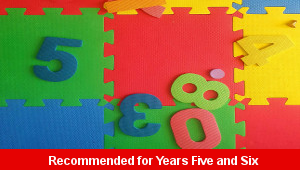Lesson One – Word Building

This English teaching pack for Key Stage Two gets the children to select and match different roots and vowel suffixes to build a range of words that can be used to describe a poetry character in the traditional poem of the Highwayman.
The class can identify and explain how poets might use metaphors to compare people, places and ideas to something else in a poem.
Download this teaching pack including a lesson plan, classroom activities and an interactive presentation to teach the children to select and match different roots and vowel suffixes to build a range of words that can be used to describe a poetry character in the traditional poem of the Highwayman
Activities in this teaching pack include a shared reading text to identify and describe how poets use figurative language to describe people, places and events in a narrative poem and differentiated sets of cards to select and matching roots with vowel suffixes to build words that can be used to describe a character in a narrative poem.
The interactive presentation gets the children to explore how to match different roots and vowel suffixes to build a range of words that can be used to describe a poetry character.
This lesson is part of an English scheme of work to get the children to explore and adapt vocabulary used in a narrative poem to describe characters and settings. There are teaching activities for shared learning, differentiated worksheets to support independent learning and interactive presentations to introduce concepts and key skills.
-

World Countries
Research and add facts and information to sentences using brackets about some of the different countries that can be found around the world
-

Sports Poems
Explain and model how to compose and present poems using special line structures and rhyming patterns to illustrate actions and themes connected to different sports
-

Bonfire Party
Select and use formal and informal language to compose invitations, letters and speeches for a family and town party on Bonfire Night
-

Digit Combinations
Practise building and comparing a range of numbers by combining and matching sets of digits with different number values
